Identification and management of celery leaf blights
Learn the symptoms, biology, monitoring and management options for celery leaf blights.
Introduction
Two fungal leaf diseases commonly affect celery in temperate North America. Cercospora early blight and Septoria late blight often weaken the leaves and petioles of celery and reduce the marketability of the crop. Bacterial leaf blight may also appear during wet growing seasons or later in the season when the crop gets larger. It is incited by Pseudomonas syringae pv apii. Although these diseases may not affect overall yield every year, symptoms on leaves and petioles can add considerable time and effort to harvesting and trimming operations.
Celery leaf blights need to be correctly identified early in the infection cycle for control measures to be successful. In the future, forecasting models may improve the management of these diseases by providing early warning of disease infection periods.
Management of celery leaf blights depends upon regular and consistent field monitoring, weather monitoring, cultural controls, field selection, variety selection and properly timed fungicide applications at threshold levels.
Biology and Symptoms
Cercospora early blight is caused by the fungus Cercospora apii and is initially characterized by small, round, tan spots on the leaves. These spots rapidly enlarge up to 1 cm or more and turn dry and brown. (See Figure 1) Leaves with many spots will eventually dry up, wither and die. (See Figure 2)
Cercospora may also infect the celery petioles when disease pressure is high.
Cercospora usually appears earlier than Septoria late blight, however this is not always observed. The fungus is both seed-borne and soil-borne and can survive in infected plant residues in the soil. Early blight is favoured by high humidity and temperatures between 15°C and 30°C. The disease can be spread readily by wind, water splashes, field workers and farm machinery.
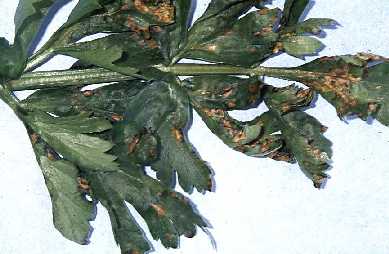
Figure 1: Cercospora early blight lesion
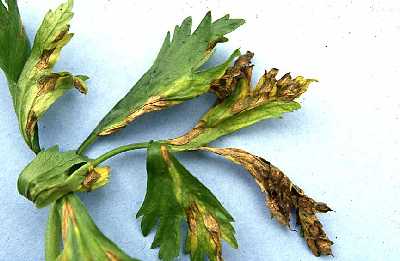
Figure 2: Cercospora early blight lesion
Septoria late blight is caused by the fungus Septoria apiicola and initially develops as small, reddish-brown spots on older outer leaves. These spots quickly turn dark brown to black and several small lesions may join to form a larger spot. (See Figure 3) Septoria blight is also characterized by having small, black, flask-shaped bodies called pycnidia embedded within the lesions. This can be seen with the naked eye and looks like small flecks of pepper or muck soil in the center of the spots. (See Figure 4)
Spores come from these pycnidia and are dispersed by rain splash or wind-driven rain. Spores of Septoria apiicola are dispersed over a much shorter distance (several meters) than those of Cercospora apii (many meters). Late blight also affects the petioles of celery and can become quite severe if the plants are growing slowly and there are heavy dews at night. (See Figures 5 and 6)
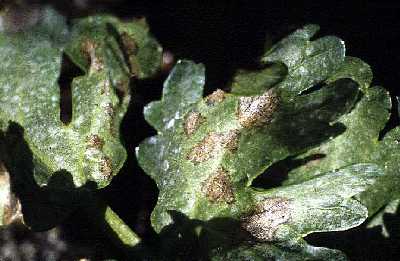
Figure 3: Septoria late blight lesion
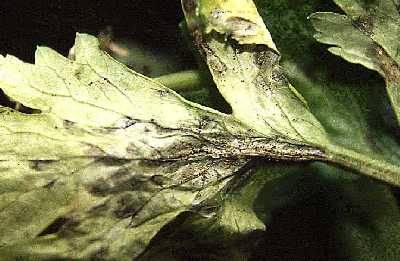
Figure 4: Pycnidia in late blight lesion
Septoria late blight comes primarily from infected seed and remains viable in seed for up to 2 years. It is very important to monitor the emerged seedlings throughout the greenhouse to ensure that no leaf blight symptoms are developing. If environmental conditions are favourable, field infections are far worse when infected seedlings are planted. Once in the field, the disease can be spread by water splashes, farm machinery, animals and field workers. It is very important to stay out of celery fields infected with late blight when the foliage is wet.
Bacterial leaf blight of celery is not as common and is caused by the bacteria Pseudomonas syringae pv apii. The initial symptoms appear on the leaves as small, bright yellow, circular spots. As these enlarge with a yellow halo, they turn to a rust colour (See Figure 7). As the spots increase in number they merge to eventually kill the leaf tissue. Bacterial leaf blight of celery rarely infects the petioles.
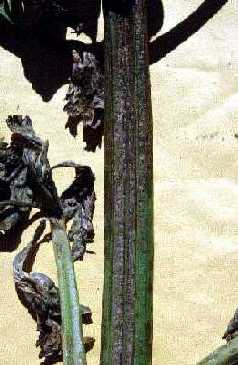
Figure 5: Septoria late blight on celery petiole
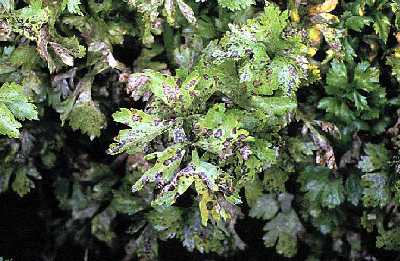
Figure 6: Severe Septoria infection on celery
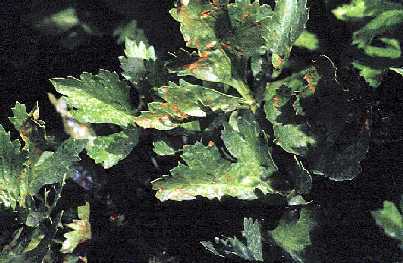
Figure 7: Bacterial leaf blight of celery
Bacterial blight is easily distinguished from early blight and late blight because the lesions do not have pycnidia, like late blight or spores, like early blight in the lesions. The disease survives on infected seed and on plants left in the field over winter. Bacterial blight is favoured by cool, wet conditions and at least 10 hours of leaf wetness is required for infection. The disease is spread by water splashes, farm machinery and field workers especially when the foliage is wet.
Monitoring and Disease Forecasting
As part of an integrated crop management program, the first key ingredient for successful celery blight management is control of the disease in the seedbed. Follow this with regular and consistent field monitoring, starting at the seedling stage and continue until harvest. As celery is usually planted in successive plantings, it is important to protect later plantings from infection that may have developed on earlier plantings. Sample 50-100 plants regularly and record the percentage of plants infected with leaf blights.
Using disease-free seed is a key step in celery leaf blight management. Follow this with rigorous monitoring of seedlings in the greenhouse. Hot-water seed treatment is an effective method to reduce infections. Using seed that is at least 2 years old, and roguing out infected plants in the transplant area, are important management strategies. Fungicide applications are more efficient and cost-effective when used in the transplant house or seedbed, because the plants are concentrated into a smaller area. It is important to rotate between available fungicides to limit the development of resistance.
For the fungal leaf blights, the environmental conditions for disease development are reasonably well understood. In the future, disease-forecasting models - forecasting in advance the potential for disease development and the risk to the crop - may be available. This will greatly improve the control of these diseases. In addition, future varieties of celery may be tolerant or resistant to one or more of these leaf blights.
Three or 4 year crop rotations and deep plowing of crop residues may help reduce sources of disease inoculum also. Improving airflow within the field by widening row spacings, reducing planting densities or selecting cultivars with upright growth habits may be helpful. Keep celery plants healthy with a balanced fertility and irrigation program that promotes the plants' ability to defend against disease. When possible, schedule irrigation so that leaf wetness periods are not extended beyond the normal environmental wet periods. For example, try to irrigate at night when the leaves are already wet with dew.
If fungicides are required, base applications either upon the forecasted potential for disease, field monitoring observations or field history. Use fungicides for celery leaf blight in rotation and apply at sufficient water volume to reach lower leaves and petioles.
Acknowledgements
Gratitude is expressed to Dr. Ray Cerkauskas, AAFC, Harrow, Dr. M. R. McDonald, University of Guelph and M. Celetti, OMAF for reviewing the manuscript.
Figures 1 through 4, and Figure 6 courtesy of Dr. M. R. McDonald.